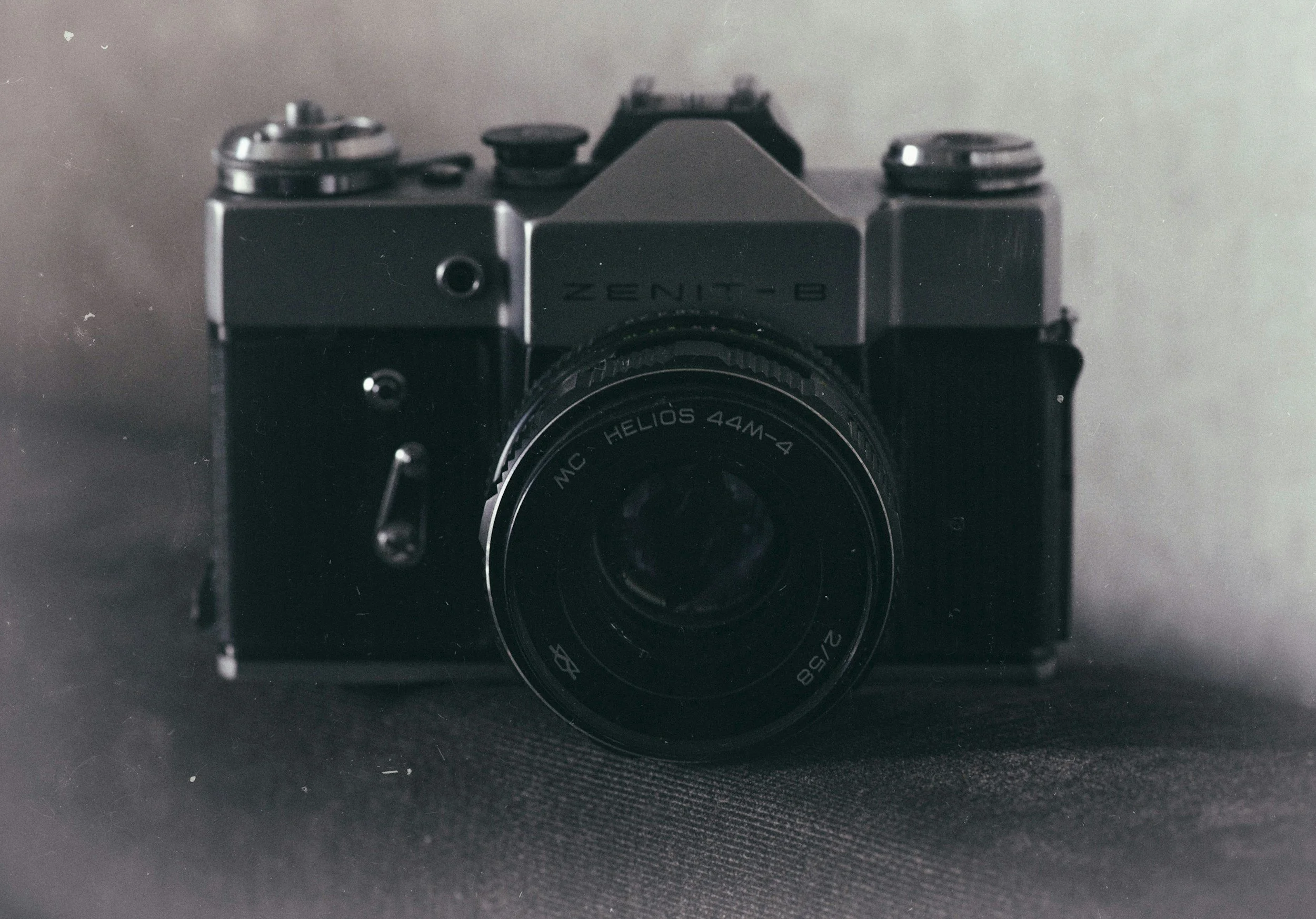Mastering Composition: The Secret Sauce to Unforgettable Photos
Photography is a language. Every image you create speaks to your viewer, telling a story, evoking an emotion, or capturing a fleeting moment. But what makes one photo forgettable and another impossible to look away from? The answer lies in composition—the art of arranging elements within your frame to create a visual masterpiece. Today, we’re diving deep into the world of composition, exploring why it’s the backbone of great photography, practical tips to improve yours, and how mastering this skill can transform your work overnight.
Why Composition Matters
Let’s start with the basics. Composition is how you organize the elements in your photo—your subject, the background, the lines, the light, and even the empty space. It’s the difference between a snapshot and a photograph. A well-composed image guides the viewer’s eye, creates balance, and delivers your intended message without needing a single word.
Think about it: you can have the best camera, the sharpest lens, and perfect lighting, but if your composition is off, the image falls flat. On the flip side, a thoughtfully composed photo taken with a basic camera can stop people in their tracks. Composition is the secret sauce that ties everything together.
The Rule of Thirds: Your New Best Friend
If you’re new to photography, the Rule of Thirds is the easiest and most effective place to start. Picture your frame divided into a 3x3 grid, like a tic-tac-toe board. Instead of placing your subject dead center, position them along one of the vertical or horizontal lines, or better yet, at one of the four intersection points. This creates a natural balance that feels dynamic and engaging.
For example, in a portrait, place your subject’s eyes along the top third line. In a landscape, position the horizon along the bottom or top third instead of splitting the frame in half. This simple shift makes your photos feel more intentional and less static.
Try this exercise: Take your camera (or even your phone) and shoot 10 different subjects using the Rule of Thirds. A tree, a person, a coffee mug—anything. Review your shots and notice how they feel more “alive” than centered compositions. It’s a game-changer.
Leading Lines: Guiding the Viewer’s Eye
Another powerful tool in your composition toolkit is leading lines. These are lines within your frame—roads, fences, rivers, or even shadows—that guide the viewer’s eye toward your subject or through the image. Leading lines create a sense of depth and movement, making your photo feel like a journey.
For instance, imagine photographing a couple walking down a country road. If you position the road to start at the bottom corner of the frame and lead toward the couple in the distance, the viewer’s eye naturally follows the path to the subject. It’s subtle but incredibly effective.
Look for leading lines everywhere: a staircase, a row of trees, or even the edge of a table. Next time you’re shooting, ask yourself, “What lines can I use to draw attention to my subject?” You’ll be surprised at how many you find once you start looking.
Negative Space: Less Is More
Sometimes, what you leave out of a frame is just as important as what you include. Negative space—the empty or uncluttered areas around your subject—can create a sense of simplicity and focus. It gives your subject room to “breathe” and can evoke powerful emotions like solitude or calm.
For example, a single tree in a vast field with a big sky above it uses negative space to emphasize the tree’s isolation. Or in a portrait, placing your subject in one corner with a blurred background can make them stand out while creating a minimalist vibe.
To practice, try shooting a subject with at least 50% of the frame as negative space. It might feel counterintuitive at first, but it trains your eye to see simplicity as a strength.
Framing: Adding Depth and Context
Framing is another composition technique that can elevate your photos. This involves using elements within the scene—like windows, arches, or branches—to create a “frame” around your subject. It adds depth, draws attention to your subject, and provides context.
Imagine shooting a child playing in a park through the opening of a slide or between two trees. The slide or trees act as a natural frame, making the viewer focus on the child while adding a playful or natural context to the scene.
Next time you’re out shooting, look for natural frames. Doorways, tunnels, or even a person’s arms can work. It’s like giving your viewer a window into your world.
Balance and Symmetry: When to Break the Rules
While the Rule of Thirds is a go-to, there are times when symmetry or centered compositions work beautifully. Symmetrical compositions—where both halves of the image mirror each other—can create a sense of harmony and calm. Think of a reflection in a lake or a perfectly centered portrait.
However, symmetry can feel static if overused, so use it intentionally. For example, a centered composition might be perfect for a formal portrait or an architectural shot, but for a candid moment, an off-center composition might feel more dynamic.
The key is balance. Even in asymmetrical compositions, you want the elements to feel harmonious. If you place a large subject on one side, balance it with smaller elements or negative space on the other.
Practical Tips to Improve Your Composition
Ready to put this into action? Here are some practical steps to start mastering composition today:
Study Great Photos: Look at the work of photographers you admire. Notice how they place their subjects, use lines, or incorporate negative space. Ask yourself, “What makes this image work?”
Shoot with Intention: Before you press the shutter, pause and think about your composition. Where’s the subject? What’s in the background? Could a slight angle change make it stronger?
Practice One Technique at a Time: Trying to master everything at once can be overwhelming. Spend a week focusing on the Rule of Thirds, then move to leading lines, and so on.
Review and Reflect: After a shoot, look at your photos critically. Which compositions work? Which don’t? What could you tweak next time?
Break the Rules (Once You Know Them): Rules like the Rule of Thirds are guidelines, not laws. Once you understand them, experiment with breaking them for creative effect.
The Emotional Impact of Composition
Composition isn’t just about aesthetics—it’s about emotion. A cluttered frame can feel chaotic, while a minimalist one can feel serene. A low angle can make your subject feel powerful, while a high angle can make them seem vulnerable. Every choice you make in your composition shapes how your viewer feels.
For example, in my own work, I love using soft light and negative space to create a dreamy, intimate feel in family portraits. By placing the family in the lower third of the frame with a blurred field behind them, I emphasize their connection while letting the viewer feel the vastness of the moment.
Putting It All Together
Composition is like learning to play an instrument—it takes practice, but once you get the hang of it, it becomes second nature. Start small: use the Rule of Thirds, experiment with leading lines, and play with negative space. Over time, you’ll develop an instinct for what works.
The beauty of photography is that there’s always something new to learn. Every time you pick up your camera, you’re building on the last shot, refining your eye, and telling better stories.
So, grab your camera, head out, and start composing. The world is waiting to see your story through your lens.
~Phillip
Ready to Master Composition and More?
Want to take your photography to the next level? In my Online Photography Academy, I break down composition techniques like the Rule of Thirds, leading lines, and framing in easy-to-follow videos. Plus, you’ll get access to over 100 tutorials and a Q&A section where I personally answer your questions. Don’t just take photos—create art. Join the Academy today and start telling stories that captivate!

